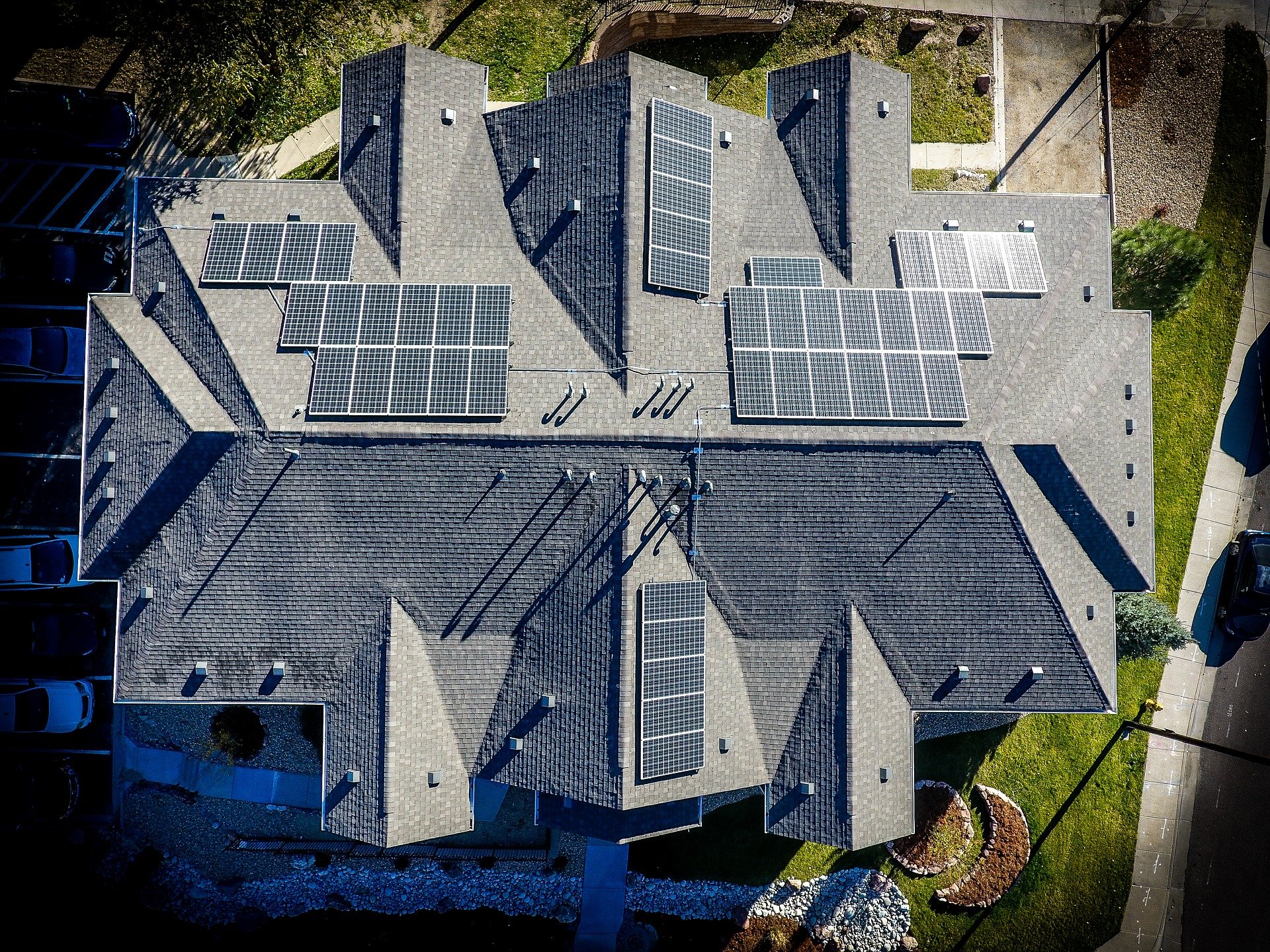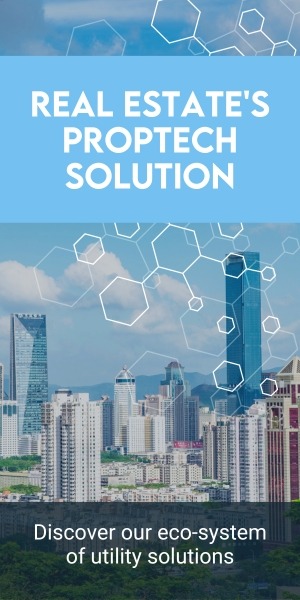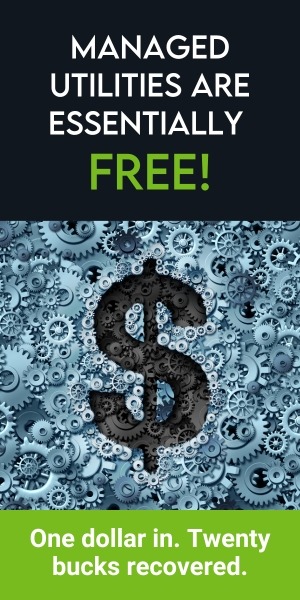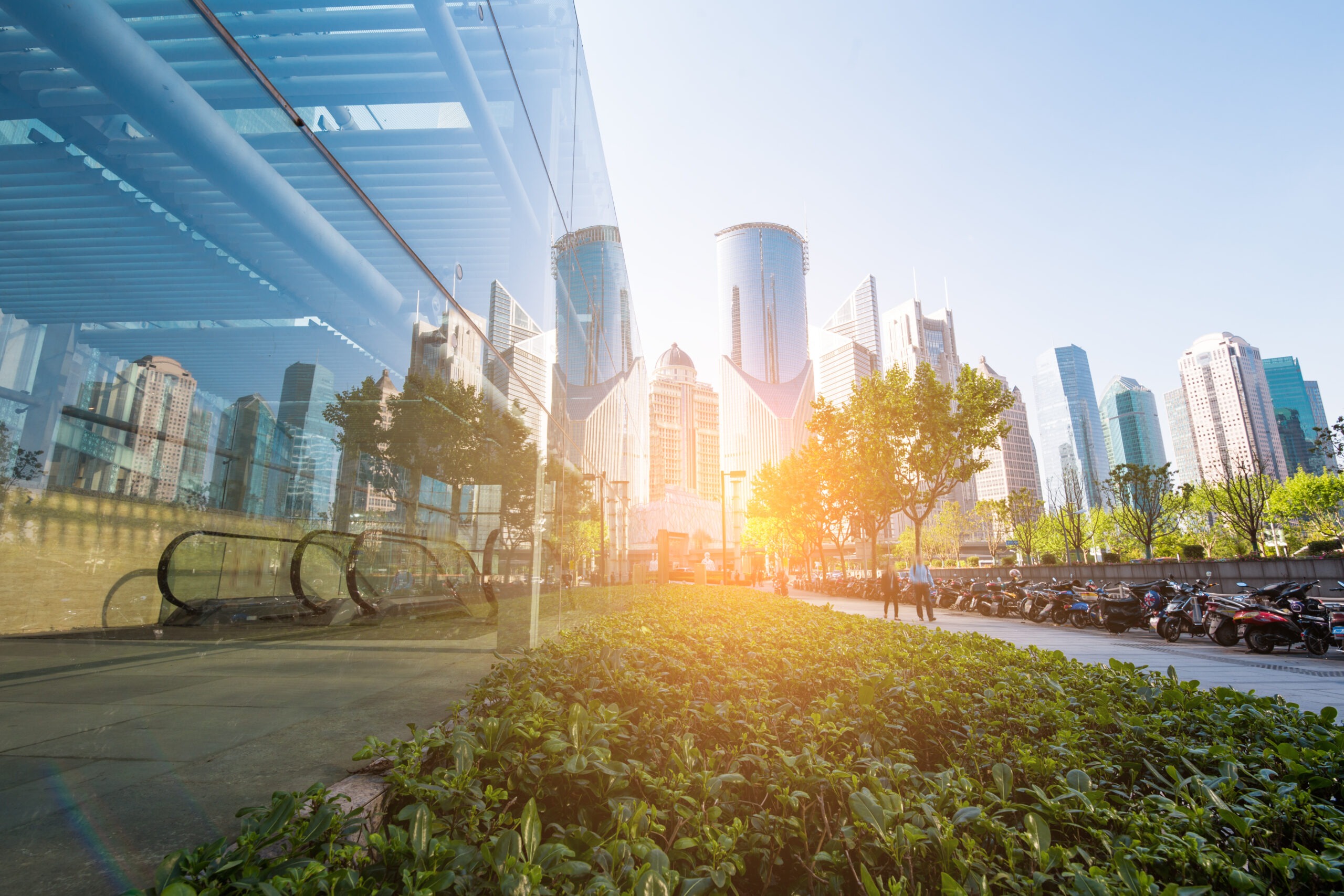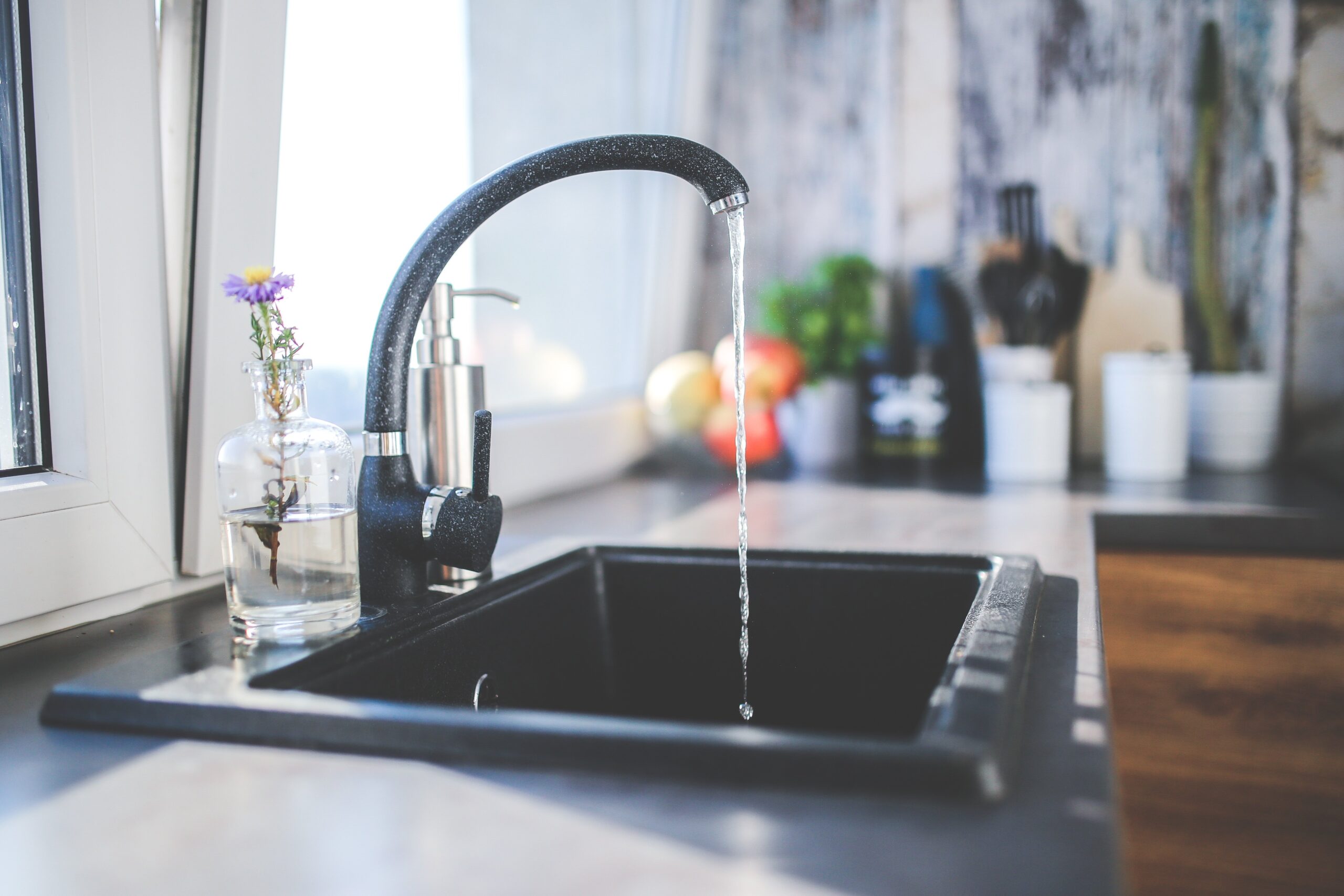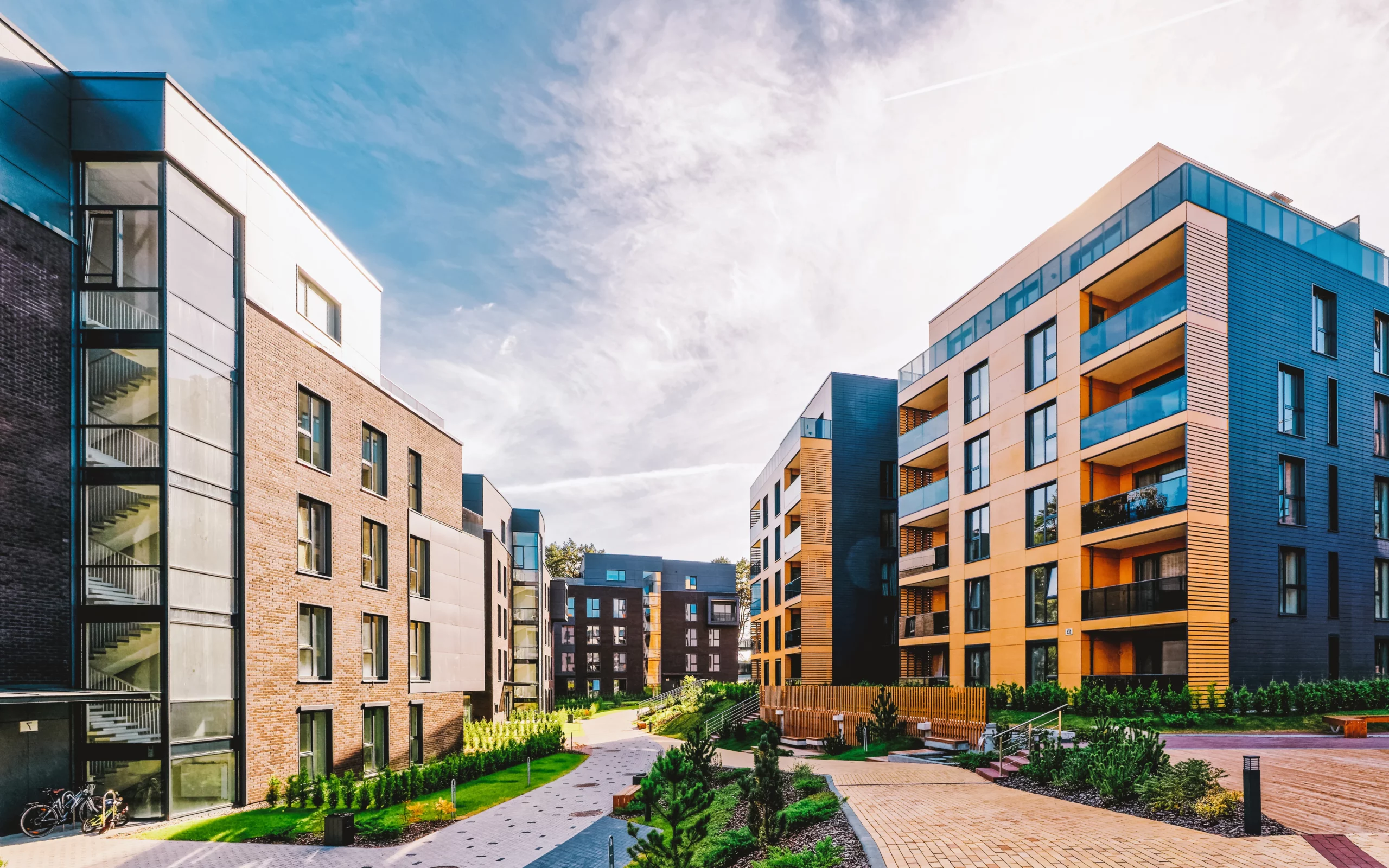It doesn’t take a keen eye to see that the focus on sustainability is growing increasingly more relevant every day. You could even say the green initiative has moved in, unpacked its bags, and is here to stay. You hear it every day: renewable energy, clean energy, zero waste, green buildings, carbon neutrality – you get the point. So, while we hear and maybe even use these buzzwords every day, taking sustainability initiatives seriously means putting these words into action. Sure, using these words can make us feel warm and fuzzy, but when it truly comes to sustainability there’s a lot more to unpack. Let’s start by defining sustainability and taking a look at why it’s important.
What Is Sustainability?
There is no universally agreed-upon definition of sustainability. There are differing viewpoints on the concept itself, and how it can be achieved. For the sake of keeping it simple, let’s put it this way: Sustainability means meeting our own needs without compromising the ability of future generations to meet their own needs. The National Environmental Policy Act of 1969 committed the United States to sustainability, declaring it a national policy to “create and maintain conditions, under which humans and nature can exist in productive harmony, that permit fulfilling of social, economic, and other requirements of present and future generations”.
In addition to natural resources, we also need social and economic resources, which is why the concept of sustainability is made up of three pillars: the economy, society, and the environment (or profit, people, and planet). All three principles are important but for the purpose of this article, we are going to focus on environmental sustainability.
Why Is Sustainability Important?
Sustainability is crucial. It can improve health and wellness, increase safety, and even save you money. Saving money and doing something good for the planet – what’s not to love? Sustainability is also critical to the survival and longevity of your business. Do you want your business to be around 50 years from now? Then you need to plan for that long-term success… starting today. Thinking ahead to build a sustainable supply chain that will still be around 50 years from now puts your business far ahead of much of the competition.
How Can I Make My Building More Sustainable?
One of the most effective sustainable upgrades you can make is lighting. Switching out traditional light bulbs with LEDs can result in substantial cost savings. Additionally, LEDs do not contain hazardous liquids or gasses and are therefore better for the environment. In one study, a 290-unit apartment community located in San Jose, California completed a retrofit installation of LED lighting in their garage space in April of 2020. This upgrade reduced their average monthly energy consumption by 13.5%. This equated to an average savings of $3,529 a month- $42,348 annually. In the first year, the project has almost completely paid for itself.
Another effective sustainable feature is low-flow showerheads and toilets. These water-saving features reduce water usage and cost significantly. For multifamily communities showers are one of the biggest water users, accounting for nearly 17% of residential indoor water use. According to the EPA, an efficient showerhead will save about 2,900 gallons of water per year. For a 300-unit apartment community, that is 870,000 gallons of water annually.
The installation of solar in apartment communities can benefit you as the owner and your residents. Solar is a great way to improve your bottom line and attract residents who appreciate your commitment to renewable energy. The addition of solar also boosts the overall value of your property. And with the advancement of virtual net metering, you can easily pass through these savings to your residents – which is a huge selling point during leasing. You can avoid constant utility rate hikes and even sell excess power back to your local utility company. California has mandated solar installations for new construction (including multifamily buildings), causing building owners and developers across the nation to take note and consider how solar adds value and can help recoup energy costs over the long term.
Heat gain and heat loss through windows are responsible for 25%-30% of residential heating and cooling energy use. Old, outdated windows increase heating and cooling costs in your buildings. By weatherproofing existing windows or installing energy efficient windows, you can reduce energy waste and save money.
Another initiative is as simple as ensuring residents have the proper resources for recycling. Recycling centers can be low cost and have a big impact. A fun option that brings residents together is a rooftop community garden. Rooftop gardens can provide stormwater retention and insulation properties to the building itself. Going paperless is also a simple way to reduce your environmental impact. One paper alternative option is using e-signature software when leasing. This allows leases to be easily signed and paper copies can be completely avoided. This simple measure can significantly cut paper waste.
Budgets will always be a factor in real estate and sustainability is no different. That is why it’s important to identify inefficiencies, fix what you can, and track your progress. Once you start seeing the savings, you’ll find the ROI can offset the initial cost, and eventually pay for itself.
You Went Green, Now What?
You set efficiency goals, you made the changes, you’re tracking the progress – that should be enough, right? You’ve come along away in your sustainability journey, now it’s important to market your sustainability efforts.
It’s becoming increasingly evident that a key method to attract and retain residents is sustainability. Strata research reported 64% of young adults in the 18 to 33 age group said they were willing to pay higher rent rates to live in a green apartment community and the number of Millennial and GenZ renters who seek green buildings to live in is growing by the day.
If you aren’t telling the story of your sustainability journey, you’re missing out on an opportunity. Even in markets where sustainability might not be a renter’s standard expectation, it’s not that the resident doesn’t care, it’s just not a top priority. Continually looking for creative ways to share your sustainability story with renters creates value for them, and that gives them a reason to stay. Even if sustainability isn’t high on a resident’s radar, nothing motivates a renter to be more environmentally responsible than a financial incentive. Sustainable buildings drive down residents’ utility costs. And if there’s one thing renters love, it’s low utility bills.
Finally, Educate Your Residents.
What’s the one element that high-performing buildings have in common? It’s residents and property owners working together toward a united goal of efficiency and sustainability. When the two come together the potential for sustainability success is exponential. Let’s look at some of the ways you can educate your residents.
“Move-in” packets are a great way for residents to familiarize themselves with the community and to introduce your commitment to the resident experience and sustainability. Include helpful tips to conserve energy and water, how to recycle, and who to call with questions. Take this opportunity to share your corporate commitment to sustainability, what that means for the local community, and how they can be a part of it.
Monthly newsletters are a great way to share tips on how to conserve and be more environmentally conscious. Empower residents to make a difference by sharing creative ways to reduce waste and energy consumption. Short, simple videos are also a great way to engage residents. Keep it short and sweet, use some humor, and remember, it’s always helpful to remind residents that conservation can also equal savings for them.
Getting kids involved is another way to engage residents and put the future of our planet in competent and empowered hands. Host a reoccurring on-site workshop for kids to talk about the importance of resource conservation and healthy living. Kids will take home what they learned and can apply conservation practices for many years to come.
Provide residents with walk-throughs and point out the sustainability features you’ve installed in both the units and in common area spaces. When residents see what kind of consideration and effort went into the building, they become more knowledgeable and want to learn even more. Sharing energy and water use data with residents also creates a level of transparency that can show how far you’ve come, as well as new sustainability goals and how you plan to get there. Don’t be afraid to share these insights with your residents. They will appreciate your commitment and accountability.
It’s easy to get overwhelmed when you start to think of the various aspects of sustainability, but it’s also important to remember that even small initiatives collectively make a large impact. To get started, all you need to remember are these three important steps: identify inefficiencies, make improvements, and track your progress.
